
| MAIN PAGE | EDUCATION PROGRAM | EXHIBITOR/SPONSOR PROFILES | EXHIBITOR/SPONSORSHIP OPTIONS | ADVISORY BOARD | REGISTER |
Resources
Exhibitor Application
Forum Agenda
Education Program
Leadership Awards
Exhibitor/Sponsor Profiles
Exhibitor/Sponsorship Options
Forum Floorplan
Advisory Board
Register to Attend
Hotels, Parking & Directions
Media Materials
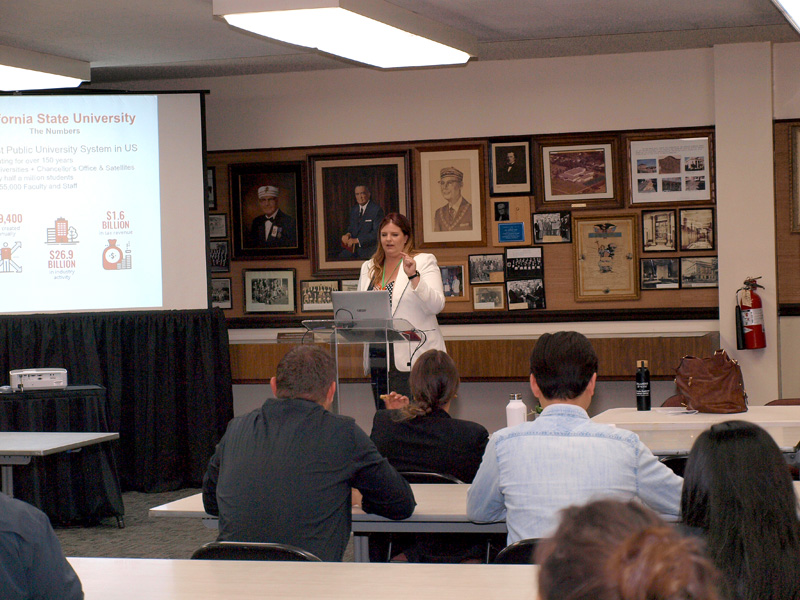
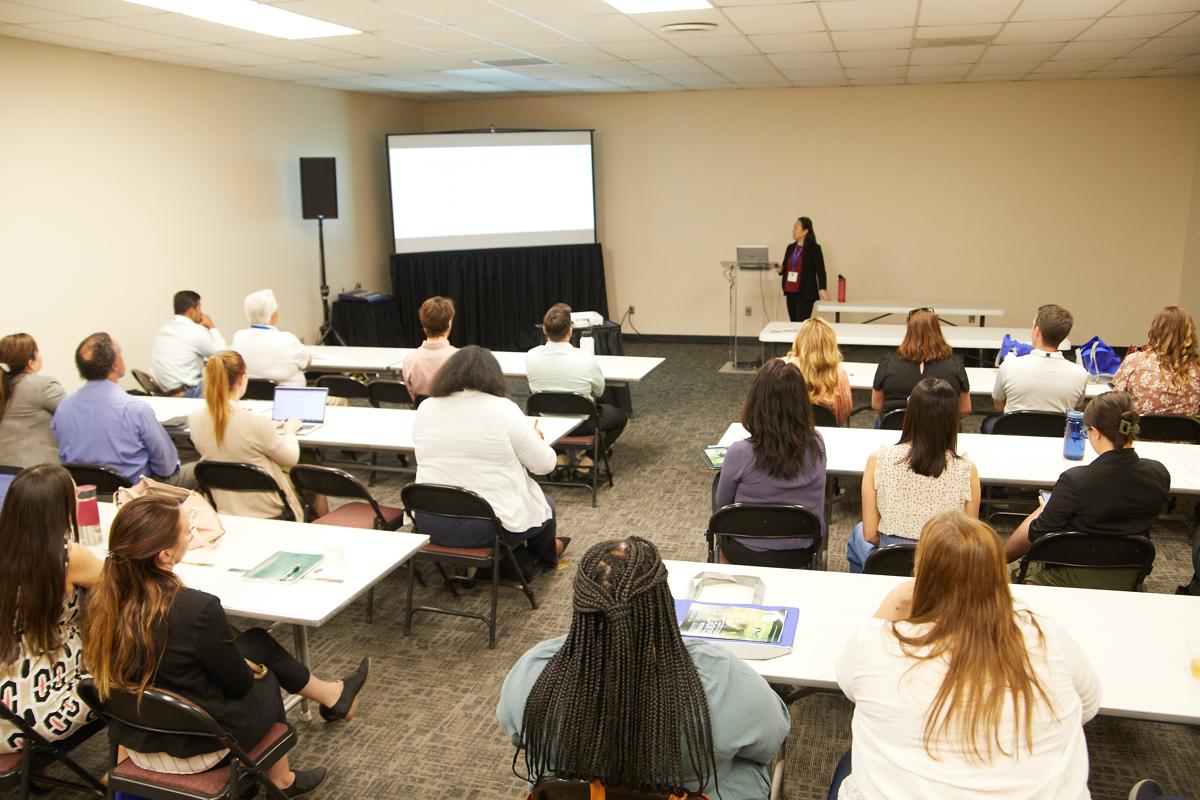
With guidance and direction from our advisory board, the concurrent sessions offer insights from the experts and practitioners at the leading edge of green progress, in fields ranging from transportation and energy to funding, architecture and green schools.
The Education program topics will be updated, adjusted and or edited after our Advisory Board meeting in the new year, however the education program will include some of the following topics:
- Global Warming: Materials and Manufactured Equipment | Greenhouse Gas Emissions
- Embodied Carbon
- CalGreen Code Updates
- Building Reuse addressing carbon reduction
- Whole Building Lifecycle Analysis
- Energy Code Cycle Updates
- Indoor Air Quality
- Resiliency
- Electric Vehicle Infrastructure, charging combinations and Accessibility Requirements
- Demand Response, Building Controls and Automation
- Fleet Electrification | Zero Emission Fleets
- Roadmaps to Decarbonization
- Waste Diversion | Organic Waste Recycling
- Maintenance: Best Practices for Plans for maintenance and Operations; maintenance strategies; Preventative Maintenance
- Zero Net Carbon and/or Zero Net Energy for Major Renovations
- Funding Opportunities | Sustainability Budget Management
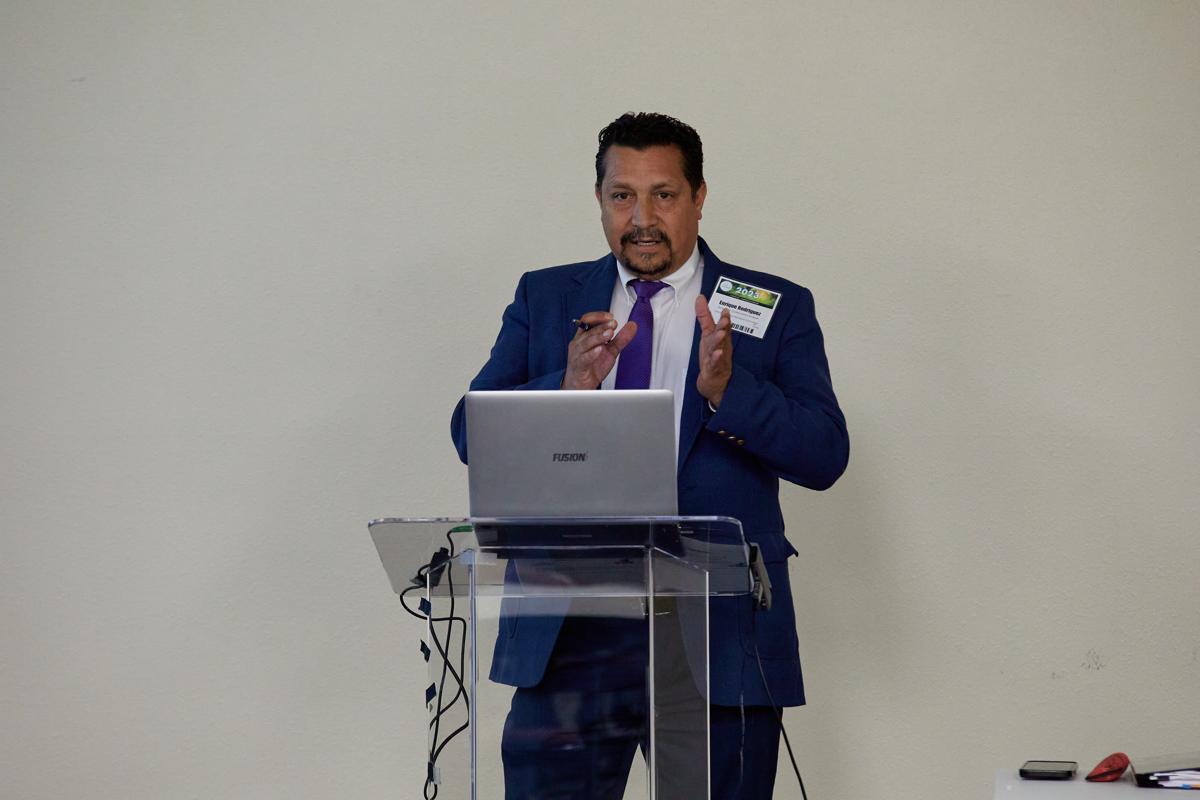
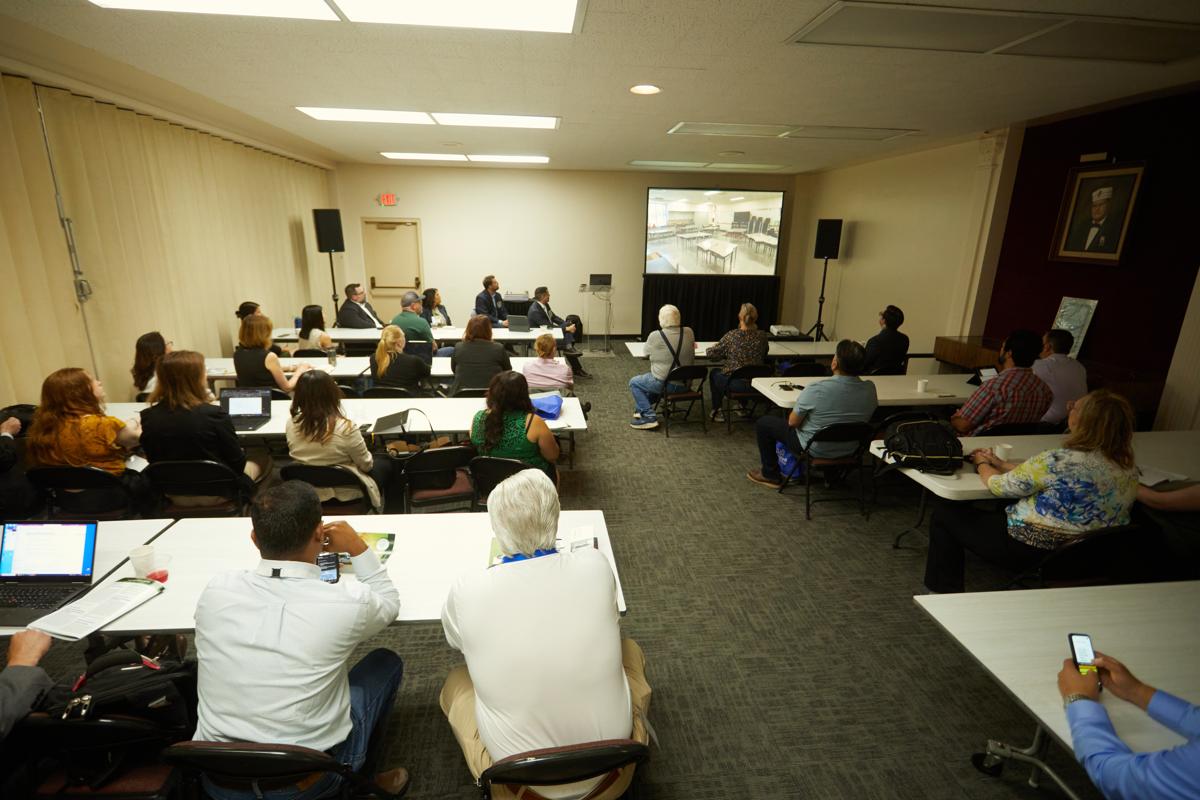
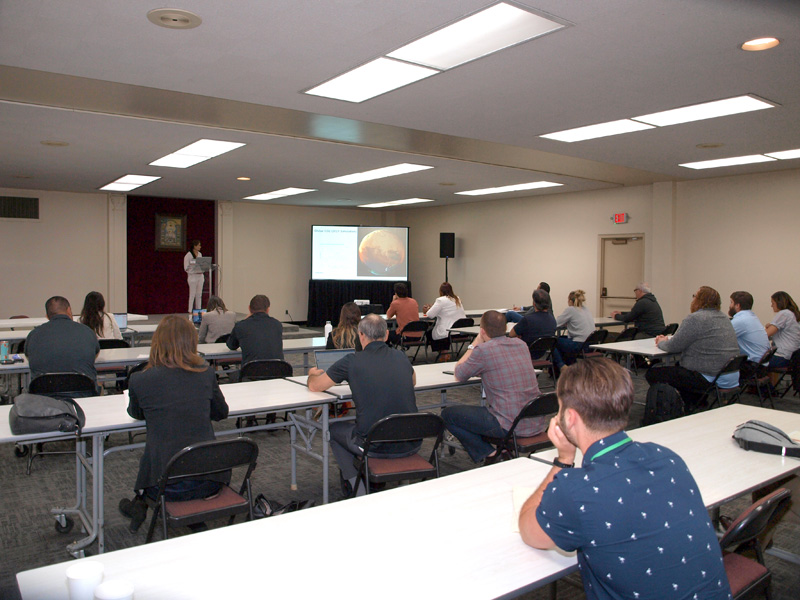
Green Technology is an AIA Provider #G515.
We offer certificates of attendance for self reporting for ZNCD (Zero Net Carbon Design) Credits, ICC (International Code Council) for self reporting and for self-reporting with LEED/GBCI Credits. Green Technology is not an official ICC or GBCI Provider.
*Sustainable Buildings Working Group Meeting
Harrison Shepard Hall
12:30pm – 1:30pm
EDUCATION SESSION DESCRIPTIONS:
(More details coming soon)
2025 Nonresidential Energy Standards: What’s Changed for the Next Code Cycle
This session provides an overview of the major changes to the 2025 Energy Code requirements for nonresidential buildings which are scheduled to go into effect on January 1, 2026. Topics discussed include solar PV and energy storage systems, building envelope, HVAC systems, water heating systems, indoor and outdoor lighting systems, and more.
Speaker:
Javier Perez, Energy Commission Specialist, California Energy Commission, Efficiency Division
ABCs of Environmentally Preferable Purchasing
This is an introduction to Environmentally Preferable Purchasing (EPP) in the context of California state procurements. The EPP program is a part of the overall procurement process in the Department of General Services. To support the state in procuring goods and services that have a lesser impact on the environment, we write specifications that include EPP criteria. These are often mandatory, so this session will go over how to identify our requirements and provide the documentation we need in order for verification.
Speakers:
Ian Velazquez, Associate Procurement Engineer, California Department of General Services
Ramona Cardenas, Assistant Procurement Engineer, California Department of General Services
Prop. 2 – Funding Opportunities for School Energy Efficiency
Learn how to obtain Proposition 2 funding through the State of California’s Office of Public School Construction (OPSC). OPSC, as staff to the State Allocation Board, provides grant funding to TK-12 public school districts for the construction and modernization of school facilities through the School Facility Program. OPSC staff will walk you through the process to determine eligibility and apply for funding.
Speakers:
Rebecca Kirk, Executive Officer, Office of Public School Construction
Brian LaPask, Chief of Program Services, Office of Public School Construction
Strategic Decarbonization Planning for Large and Small Building Portfolios
Join California’s Department of General Services (DGS), the City of Los Angeles & Glumac for an engaging presentation on the development of a decarbonization roadmap for California’s and Los Angeles’s extensive government building portfolios, encompassing over 18,000 buildings and more than 100 million square feet. This session will provide attendees with a comprehensive understanding of the key impacts, factors, and processes necessary to successfully develop a portfolio-scale decarbonization plan. Throughout the session, we will share insights from the teams’ collaborative work, highlighting real-world examples and lessons learned. Attendees will leave with practical tools and strategies to apply in their own decarbonization initiatives, fostering a deeper understanding of how to effectively implement sustainable practices across large and small building portfolios and plan for strategic investments to drive facility operations emissions toward zero by 2035.
Speakers:
Dan Burgoyne, Sustainability Manager, State of California, Department of General Services
Zoe Roberts, Senior Energy Consultant, Glumac
Nestor Mckenna, Assistant Director of Building Maintenance, City of Los Angeles
Lorraine Moreno, Sustainability Officer, City of Los Angeles Bureau of Engineering
CALGreen Non-residential Code Updates
California Building Standards Commission subject matter experts will discuss the CALGreen building code updates that will be published July 1, 2025 and go into effect January 1, 2026. We will also review the embodied carbon reduction regulations that went into effect July 1, 2024, with a built-in increase in scope effective January 1, 2026. CALGreen mandatory and voluntary measures support California’s goals relative to electric vehicle charging, bicycle parking, embodied carbon reduction, and many more sustainable building practices.
Speakers:
Enrique Rodriguez, Associate Construction Analyst, California Building Standards Commission
How Anaheim Transportation Network’s Solar-powered EV Charging Bub is Transforming Local Public Transit
Join Anaheim Transportation Network (ATN) and nationwide commercial solar developer REC Solar as they share ATN’s ambitious sustainability journey to launching the region’s first all-electric bus fleet. Listen in as ATN discusses lessons learned from integrating solar and battery storage into fleet electrification plans for its fleet of 46 battery electric buses — and walk away with tips on how you can do the same. ATN will also share how its paradigm shift in public transit provides resilient, efficient and sustainable public transit to the region while helping ATN save millions of dollars.
Speakers:
Diana Kotler, Chief Executive Officer, Anaheim Transportation Network
Sage McLaughlin, Business Development, REC Solar
Novel Approach – Leveraging Prop-2 Facilities Modernization with Tax Credits and Energy-Efficiency Savings Programs
On Nov. 5th, 2024, California voters approved Prop-2, a $10B statewide bond issue that includes $4B for Public Schools Modernization. The Prop-2 funding is a 60-65% matching program to local bond, grant, or other funding sources that public schools expend. This ed session will review the basics of the Prop-2 voter initiative, the importance of a relevant Facilities Master Plan, and reveal a novel approach for Public Schools wanting to leverage the most out of Prop-2. Capital stack instruments such as grants, IRA tax-credits, general obligation bonds, public municipal financing, utility rebates and on-bill financing, will be discussed by a tax attorney and bond counsel. Emphasis on how to plan ahead for future success over a multi-year time frame.
Speakers:
James Richmond, President, First Note Finance inc
Cameron Weist, Partner, Weist Law
Small Buildings, Big Impact: Leveraging Controls for Energy Efficiency, Thermal Comfort and Demand Response
Small and medium-sized buildings make up 94% of the building stock in the U.S., yet the majority of these buildings are missing out on the benefits of smart thermostats and advanced building controls. By improving controls and implementing smart thermostats, building owners and managers can unlock a range of opportunities, including demand response capabilities, improved thermal comfort, streamlined operations and maintenance, and 10%-20% energy savings. Join this session to learn how to harness the power of smart thermostats and better building controls to optimize your building’s performance, reduce energy and maintenance costs, and enhance occupant comfort. Discover the ‘stairway to better buildings,’ learn about the various rooftop unit control capabilities available for small to medium-sized buildings, and gain insights from case study examples of smart thermostat implementation.
Speaker:
Ashleigh Papakyriakou, Energy Technology Researcher, Lawrence Berkeley National Laboratory
Revitalizing a Pioneer: The Gregory Bateson Building Renovation
In this session, we will explore the comprehensive renovation of the Gregory Bateson Building in Sacramento, a landmark in sustainable architecture originally designed by Sim Van der Ryn. Our presentation will highlight the innovative approaches and sustainable practices implemented by CannonDesign, McCarthy Building Companies, Glumac, and the Department of General Services (DGS) to transform this historic building into a modern, LEED Platinum workplace. This is a rare opportunity to look at the transformation and modernization of a 1981 historic green building into a modern 21st Century workplace getting LEED Platinum!
Speakers:
Ian Merker, Associate Vice President, CannonDesign
Zoё Roberts, Senior Energy Consultant, Glumac
Dan Burgoyne, Sustainability Manager, State of California, Department of General Services
Dawn Bertolani, Sr. Business Development Manager, McCarthy
Todd Heath, McCarthy
Building Legacy: Sustainability Through Reuse
This session explores the transformative potential of adaptive reuse, a sustainable strategy that reimagines the value of aging buildings. As climate change drives innovation in design, building reuse emerges as a powerful solution to reduce embodied carbon, honor cultural heritage, and craft modern spaces for today’s needs. Participants will gain insights into inspiring adaptive reuse projects, learn methods to assess the viability of existing structures, and discover practical ways to tackle challenges such as code requirements and material salvage. Whether you’re an architect, developer, or advocate for sustainability, this session will shift your perspective on older buildings—transforming them from obstacles into opportunities. Join us to explore how rethinking the past can shape a resilient, creative, and sustainable future. Together, we’ll redefine adaptive reuse as a cornerstone of responsible and visionary architectural practice.
Speaker:
Hafsa Burt, Principal, hb+a Architects
